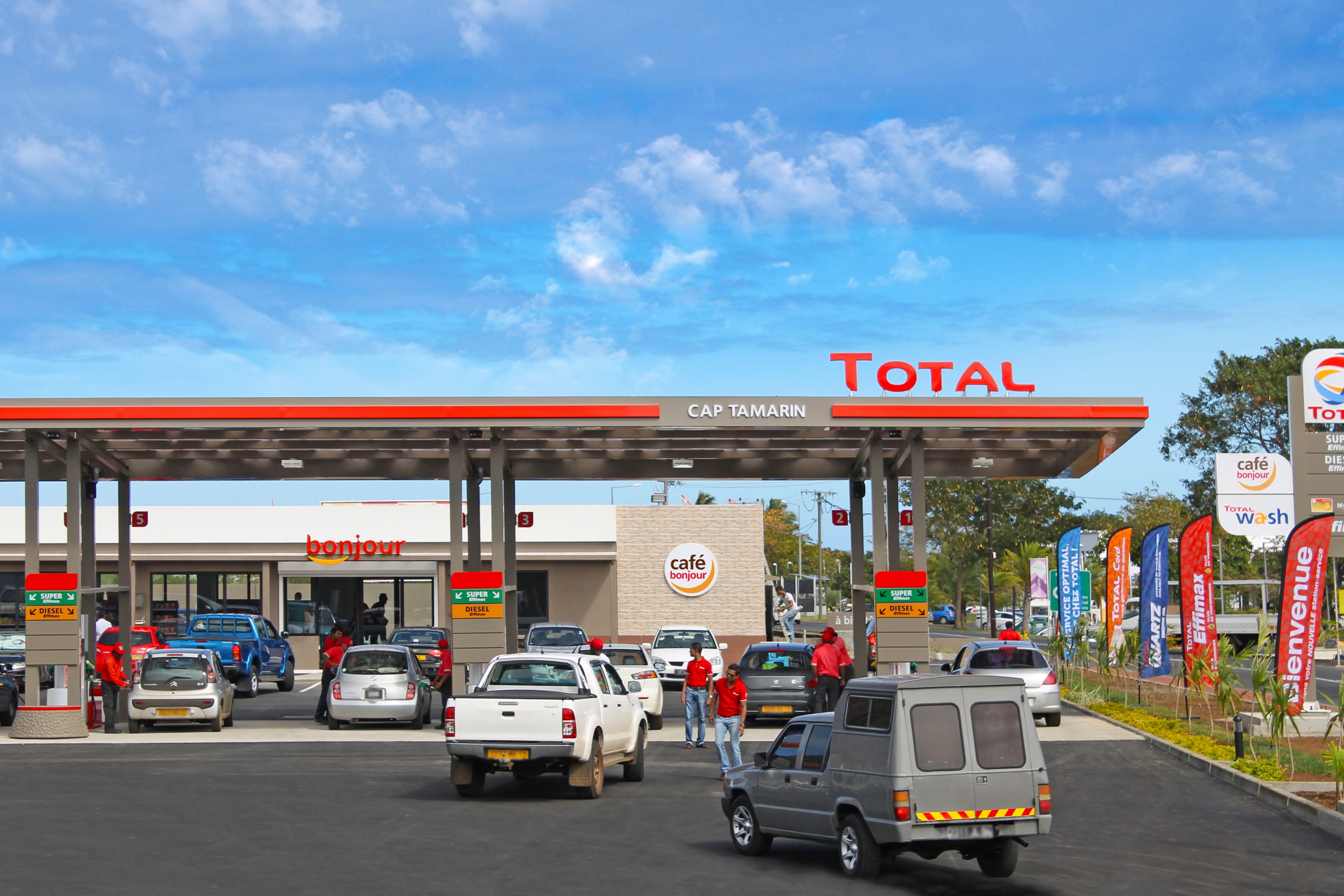DOWNLOAD
4 min read • Chemicals
The chemical industry is already quite advanced in terms of digitalization

The chemical industry is reshaping around several major trends, which it is critical to anticipate
Arthur D. Little: As President of CEFIC (European Chemical Industry Council), what trends do you identify for the sector?
Jean-Pierre Clamadieu: The chemical industry is reshaping around several major trends, which it is critical to anticipate. Energy costs and access to raw materials are one of those trends. When it comes to enPicture by Dieter Telemans - Solvay photolibrary ergy costs there are growing discrepancies around the world, with Europe operating at a disadvantage to other regions. Economic growth is another essential theme for our industry, as we need to anticipate different growth levels across the globe. We have lower forecasts for Europe, higher prospects in emerging countries (with recent doubts around Brazil and China), while we expect North America to get back to solid growth, with the exception of the oil & gas sector, which has been hit by the decline in global oil prices.
Sustainability is also critical for chemical companies, for two reasons: We have a responsibility towards society with regard to how we operate, but there are also major opportunities in developing sustainable products and applications which contribute to solving some of the major challenges our planet is facing. Our stakeholders are challenging us positively when it comes to our impact on the planet, people’s health, and many other topics. The sustainability challenge is now an integral part of our strategy.
Arthur D. Little: After 12 years as CEO, first of Rhodia and now of Solvay, what has been your practice of anticipating the future?
Jean-Pierre Clamadieu: The situations at Rhodia and Solvay were dramatically different and consequently required very different ways of planning.
At Rhodia, the survival of the company was at stake, and we had short-term pressures on cash, meaning the primary requirement was to keep control of our own future. The path was narrow and risky. Planning revolved around portfolio management, where we had pressure to sell assets at the best price, based on anticipating what would be core for the future of the company. For the remaining business lines, the challenge was to survive the crisis.
When Rhodia merged into Solvay, conditions were much more comfortable, with a solid balance sheet, strong and stable reference shareholders, a wide and diverse portfolio of activities, as well as a powerful, positive internal approach to integration.
Nevertheless, it was important to immediately launch a transformation process for the whole group and make sure that the entire organization would put itself in motion.
Solvay has identified its growth platforms around advanced materials and advanced formulations. We are now the world leader in high-performance plastics, with proven successes in smartphones and automotive, where lighter materials are key
Arthur D. Little: How have you shaped the Solvay strategy in this changing and challenging environment?
Jean-Pierre Clamadieu: Managing our portfolio of activities is the first of our two transformation levers: We wanted to better align our strategy with available opportunities. This has enabled us to focus on domains where the relative cost of energy is low, i.e. with high added value and differentiation, where we can tailor our products to the specific needs of our clients.
Solvay has identified its growth platforms around advanced materials and advanced formulations. We are now the world leader in high-performance plastics, with proven successes in smartphones and automotive, where lighter materials are key. Solvay is also a leader in silica for fuel-saving tires. In formulations, Solvay has a leading position in some segments of the home and personal-care markets, agro-chemistry, and oil exploration and production. Our portfolio transformation lever is also driving the divestment of our operations in more challenging sectors, such as European PVC, which will ultimately be sold to Ineos.
The recent acquisition of Cytec demonstrates how our vision allows us to shape our strategy. This acquisition will provide us with access to some key technologies in advanced materials, specifically composites with high mechanical resistance. Cytec has a strong position in the aerospace industry, with long-term orders for its products, while it is also developing solutions for other markets, such as automotive.
Our second strategic lever is to achieve greater operational excellence. We have adopted a strong and open approach, questioning our internal ways of working in several essential fields: production (e.g. how to become more flexible and more cost competitive, and how to lower the need for capital), supply chain, client relations, and innovation. We have developed different toolboxes available to the business to make rapid progress in each of these fields.
We have also put in place a management model that supports our transformation. The complexity of our business requires high decentralization to be able to succeed. The building blocks of our model are the global business units (GBUs), led by their president relying on a strong team. They propose their strategy and execute it with autonomy. The GBUs are supervised by a thin corporate layer. We have a small executive committee made up of five people who share the responsibility (with the same incentives) and act collectively


The chemical industry is reshaping around several major trends, which it is critical to anticipate
Arthur D. Little: As President of CEFIC (European Chemical Industry Council), what trends do you identify for the sector?
Jean-Pierre Clamadieu: The chemical industry is reshaping around several major trends, which it is critical to anticipate. Energy costs and access to raw materials are one of those trends. When it comes to enPicture by Dieter Telemans - Solvay photolibrary ergy costs there are growing discrepancies around the world, with Europe operating at a disadvantage to other regions. Economic growth is another essential theme for our industry, as we need to anticipate different growth levels across the globe. We have lower forecasts for Europe, higher prospects in emerging countries (with recent doubts around Brazil and China), while we expect North America to get back to solid growth, with the exception of the oil & gas sector, which has been hit by the decline in global oil prices.
Sustainability is also critical for chemical companies, for two reasons: We have a responsibility towards society with regard to how we operate, but there are also major opportunities in developing sustainable products and applications which contribute to solving some of the major challenges our planet is facing. Our stakeholders are challenging us positively when it comes to our impact on the planet, people’s health, and many other topics. The sustainability challenge is now an integral part of our strategy.
Arthur D. Little: After 12 years as CEO, first of Rhodia and now of Solvay, what has been your practice of anticipating the future?
Jean-Pierre Clamadieu: The situations at Rhodia and Solvay were dramatically different and consequently required very different ways of planning.
At Rhodia, the survival of the company was at stake, and we had short-term pressures on cash, meaning the primary requirement was to keep control of our own future. The path was narrow and risky. Planning revolved around portfolio management, where we had pressure to sell assets at the best price, based on anticipating what would be core for the future of the company. For the remaining business lines, the challenge was to survive the crisis.
When Rhodia merged into Solvay, conditions were much more comfortable, with a solid balance sheet, strong and stable reference shareholders, a wide and diverse portfolio of activities, as well as a powerful, positive internal approach to integration.
Nevertheless, it was important to immediately launch a transformation process for the whole group and make sure that the entire organization would put itself in motion.
Solvay has identified its growth platforms around advanced materials and advanced formulations. We are now the world leader in high-performance plastics, with proven successes in smartphones and automotive, where lighter materials are key
Arthur D. Little: How have you shaped the Solvay strategy in this changing and challenging environment?
Jean-Pierre Clamadieu: Managing our portfolio of activities is the first of our two transformation levers: We wanted to better align our strategy with available opportunities. This has enabled us to focus on domains where the relative cost of energy is low, i.e. with high added value and differentiation, where we can tailor our products to the specific needs of our clients.
Solvay has identified its growth platforms around advanced materials and advanced formulations. We are now the world leader in high-performance plastics, with proven successes in smartphones and automotive, where lighter materials are key. Solvay is also a leader in silica for fuel-saving tires. In formulations, Solvay has a leading position in some segments of the home and personal-care markets, agro-chemistry, and oil exploration and production. Our portfolio transformation lever is also driving the divestment of our operations in more challenging sectors, such as European PVC, which will ultimately be sold to Ineos.
The recent acquisition of Cytec demonstrates how our vision allows us to shape our strategy. This acquisition will provide us with access to some key technologies in advanced materials, specifically composites with high mechanical resistance. Cytec has a strong position in the aerospace industry, with long-term orders for its products, while it is also developing solutions for other markets, such as automotive.
Our second strategic lever is to achieve greater operational excellence. We have adopted a strong and open approach, questioning our internal ways of working in several essential fields: production (e.g. how to become more flexible and more cost competitive, and how to lower the need for capital), supply chain, client relations, and innovation. We have developed different toolboxes available to the business to make rapid progress in each of these fields.
We have also put in place a management model that supports our transformation. The complexity of our business requires high decentralization to be able to succeed. The building blocks of our model are the global business units (GBUs), led by their president relying on a strong team. They propose their strategy and execute it with autonomy. The GBUs are supervised by a thin corporate layer. We have a small executive committee made up of five people who share the responsibility (with the same incentives) and act collectively



